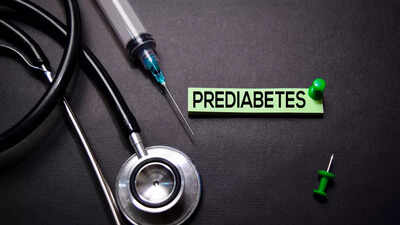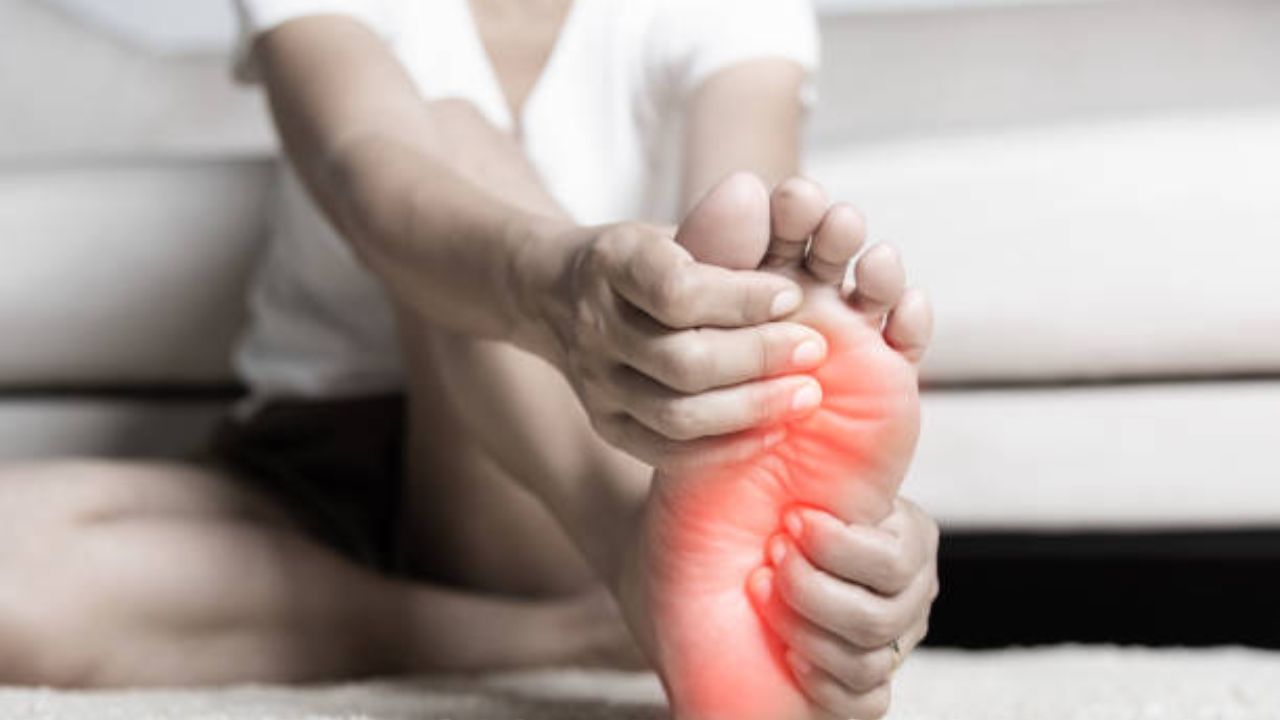ARTICLE AD BOX

With a staggering 541 million individuals globally affected by pre-diabetes in 2021, projections estimate a rise to 730 million by 2045. Early detection through recognizing symptoms like increased thirst, darkened skin, fatigue, blurred vision, and numbness is crucial. Lifestyle adjustments can prevent progression to type 2 diabetes and mitigate potential damage to vital organs.
About 541 million people were living with pre-diabetes, according to 2021 data. This is expected to skyrocket to 730 million by 2045. Recognizing the symptoms early is crucial, as it provides a chance for individuals to prevent it from turning into type 2 diabetes.
Simple lifestyle changes such as eating a healthy diet, regular exercise, and maintaining a healthy weight can do just the trick. However, unfortunately, the symptoms of pre-diabetes are often overlooked or dismissed as less serious health concerns. If left untreated, pre-diabetes not only progresses to fully blown diabetes, but can also damage the heart, blood vessels, eyes, kidneys, and nerves. What is pre-diabetes
Pre-diabetes is a condition where the blood sugar level is higher than the normal level (is 70-99 mg/dL).
This is a transitional phase, where the blood sugar is higher than normal, but not high enough to qualify as a diagnosis of diabetes. If the blood glucose level is 100-125 mg/dL, it could mean you have prediabetes.Symptoms of pre-diabetes Pre-diabetes usually doesn't cause noticeable symptoms, which is why many are unaware that they have it. Regular check-ups can help find it early. However, some people do experience some symptoms. They include:Increased thirst and frequent urinationOne of the early signs of pre-diabetes is excessive thirst.
This condition is known as polydipsia. One may experience increased thirst, even after adequate hydration. This also leads to frequent trips to the toilet. When the blood sugar levels are elevated, the kidneys have to work harder to absorb the excess glucose, which leads to more fluid being drawn from the body. This causes dehydration, for which one ends up drinking more water.
This repeats. Darkened skin Another significant symptom is the darkened skin in areas such as the armpits and the back of the neck.
This condition is called acanthosis nigricans. The skin in the neck, armpits, or groin may appear dark and velvety. This symptom is especially concerning, as it could be a sign that you are going towards diabetes.Fatigue

If you feel like you have no energy, it is a warning sign. Feeling exhausted even after proper sleep is a red flag. This stems from the body's inability to use glucose for energy. As a result, you may feel tired. This may reflect as physical or mental fatigue.
Chronic fatigue can negatively affect your concentration, mood, and productivity. If the unexplained fatigue lingers longer, it is important to seek medical advice and get your blood glucose levels checked.
Blurred visionYes, high blood sugar levels can also affect your vision. This may appear as vision changes, particularly blurriness. When the blood sugar is high, it can cause fluid shifts in the eye’s lens, which leads to swelling and blurred vision.
This symptom may come and go. If you experience this symptom, it is important to consult a doctor before the blood vessels in the retina are damaged.
5 iron-rich foods to beat fatigue, boost immunity
Numbness or tingling in the feet or hands

Elevated blood sugar levels can also lead to nerve damage. This condition is called neuropathy. As a result, one may experience tingling, numbness, or burning sensations in the hands and feet. This symptom, in particular, is very crucial. If you notice this sign, it is important to consult a doctor right away and get your blood glucose levels tested.
Disclaimer: This article is for informational purposes only and should not be considered medical advice. If you experience any of these symptoms or have concerns about your health, consult a qualified healthcare professional for proper evaluation and treatment.



.png)
.png)
.png)
















 11 hours ago
5
11 hours ago
5










 English (US) ·
English (US) ·